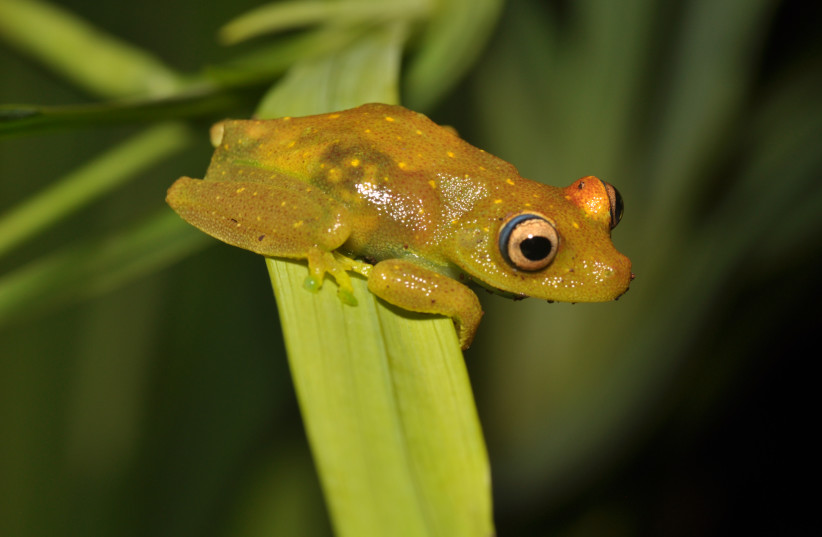One Tennessee wildlife reserve has worked to find a way for animals safely navigate their homes without getting in the way of infrastructure, new research reveals.
A recent peer-reviewed study from The Journal of Wildlife Management closely studied wildlife at the 32,000-acre Oak Ridge Reservation in Tennessee. Here, researchers could closely follow many at-risk species such as the four-toed salamander.
Scientists reviewed various animal habitats and their associated obstacles in navigation, opting to simulate small conservation buffers and open-bottom channels to keep animals connected to their ecosystem.
“Development and environmental sustainability don’t have to be at odds,” said Evin Carter, a researcher at Oak Ridge National Laboratory. “Our collaborative approach with project managers and engineers shows wildlife management can be an integral part of land-use planning without introducing undue cost or delays.”
Protecting threatened species at all costs
The IUCN Red List of Threatened Species was established in 1964 to be a widely-accessible and reliable indicator of the health of global biodiversity. Per the IUCN website, the Red List is used by government agencies, wildlife departments, conservation-driven nonprofits, educational organizations, students and businesses. It is also cited in peer-reviewed journal articles about wildlife conservation.

According to the IUCN, approximately one-quarter of the world's animal species are under threat of extinction and about 1% have been declared extinct. However, the new study claims that the IUCN report does not show the full picture.
Extinctions are preceded by progressive species population declines over time, which leave traces - "demographic footprints" that can alert scientists to the possibility of imminent extinction, study authors claim. Thus, only using IUCN data without considering population trends may result in a gross underestimate of how many populations are going extinct.
Using population data from over 70,000 species of animals spanning all five vertebrate groups (mammals, birds, reptiles, amphibians, fish), study authors were able to demonstrate a large-scale erosion of species across the board.
